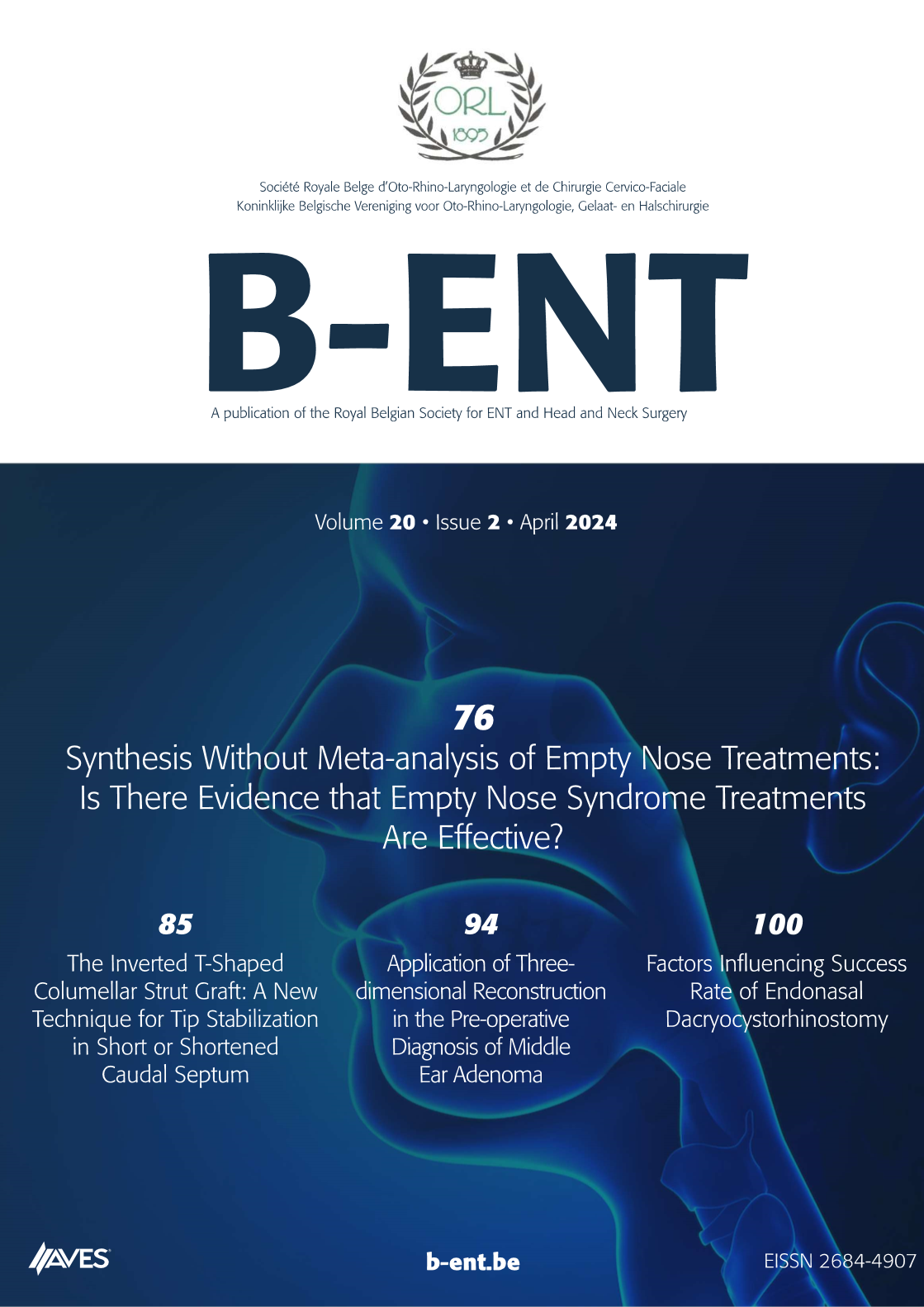Neuroendocrine adenoma of the middle ear (NAME) mimicking as chronic otitis media with an episode of facial nerve palsy. Objectives: To increase awareness of neuroendocrine adenomas of the middle ear (NAME), rare lesions often mistaken for other entities or chronic otitis media. Histogenesis remains controversial, although the consensus tends toward a pluripotent stem cell of the middle ear mucosa as the origin of the lesion. The tumour is characterised by dual differentiation with exocrine and endocrine components. The most common symptoms are conductive hearing loss, tinnitus and vertigo. The treatment of choice is complete surgical removal of the tumour with no adjuvant radiotherapy being required.
Case report: We report the case of a 23-year-old man presenting with chronic otitis media, conductive hearing loss, vertigo and tinnitus who, some years previously, had suffered from an episode of facial nerve palsy. Conservative therapy failed and so surgery was performed. Tumour-like masses were encountered and histological and immunohistochemical examination revealed a neuroendocrine adenoma of the middle ear.
Conclusion: This rare entity should be considered as differential diagnosis when treating chronic inflammatory disease not responding to conservative therapy or dealing with unclear expansive processes of the middle ear. MRI scans should be performed since CT scans are inconclusive.



.png)
